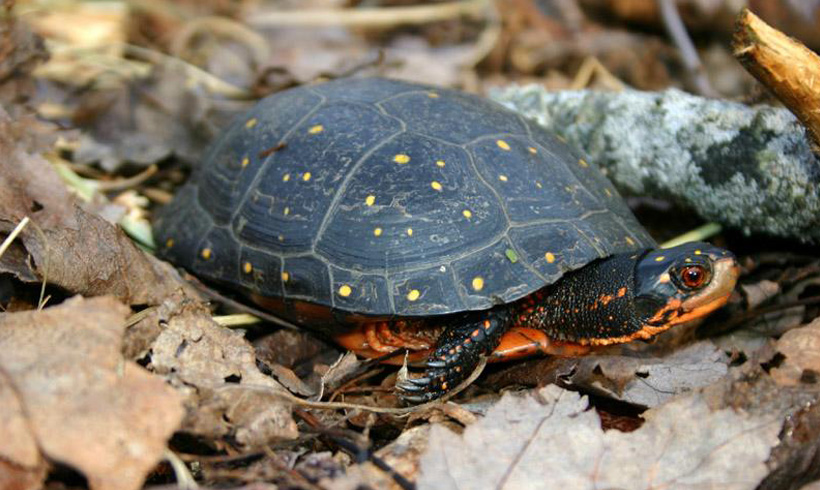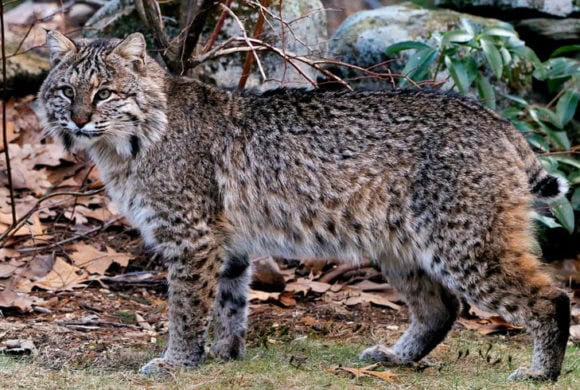Preventing Extinction in New York: An Exercise in Problem Solving
Hundreds of years of human development, hunting, pollution, and spreading invasive species have irreparably harmed many of the resources wildlife depends on to survive. Meet some of the species that policymakers and scientists are fighting to save right here in New York.

Have you ever strolled down the shores of Long Island and seen a piping plover scurry down the beach? Have you glimpsed a wild cat weaving between the trees in the Adirondacks and wondered if it could be a lynx or cougar? Have you kayaked on the Hudson and watched the olive-grey scutes of a shortnose sturgeon flicker just below the surface?
For most New Yorkers, the answer is no. These moments of natural wonder are few and far between because these animals, once numerous, are endangered in New York State. Hundreds of years of human development, hunting, pollution, and spreading invasive species have irreparably harmed many of the resources wildlife depends on to survive. Across the country habitat continues to be fragmented by roads, lawns, and new construction, while necessities like water are increasingly polluted, diverted, or disappearing in a changing climate.
While the situation may look bleak, all hope is not lost. A nation-wide network of scientists, policymakers, and concerned citizens work around the clock to protect imperiled species from these threats, and they’ve been remarkably productive. From the extraordinary recovery of the bald eagle to the dramatic comeback of the humpback whale, science has helped to inform critical regulatory protections like the Endangered Species Act (ESA) that put science into action. The ESA has been more than 99% effective at preventing extinction, but it relies on the ongoing support of citizens and scientists alike to continue its success.
Meet three of the species still recovering in New York:

Photo from mass.gov; Mike Jones
Spotted Turtle (Clemmys guttata)
Status: Special Concern*
These attractive turtles are frequently collected as babies to be sold as pets, severely reducing the wild population. To learn more, stop in to meet Larry, Teatown’s very own spotted turtle who was taken as a pet at an early age and now cannot survive on his own. Learn more here.

U.S. Fish and Wildlife Service Northeast Region [Public domain], via Wikimedia Commons
Northern Long-eared Bat (Myotis septentrionalis)
Status: Threatened**
The biggest threat to these tiny mammals is White Nose Syndrome, a disease caused by fungus that makes otherwise hibernating bats become too active, wasting critical energy stores they need to survive. Learn more here.

Photo from NYC Parks
Piping Plover (Charadrius melodus)
Status: Endangered***
Nearly hunted to extinction for sport at the turn of the last century, their habitat is now threatened by coastal development and recreational activities that disturb nesting sites. Learn more here.
*Special Concern – Any native species for which a welfare concern or risk of endangerment has been documented in New York State.
** Threatened – Any native species likely to become an endangered species within the foreseeable future in New York State.
***Endangered – Any native species in imminent danger of extirpation or extinction in New York State.
To find out more about how imperiled species are protected and recovered, join us for this upcoming program:
Endangered
February 23, 11am-12pm
What does it mean for a species to be endangered and how can we help them? Find out how scientists and policy-makers have brought wildlife back from the brink and learn what challenges still lie ahead.



